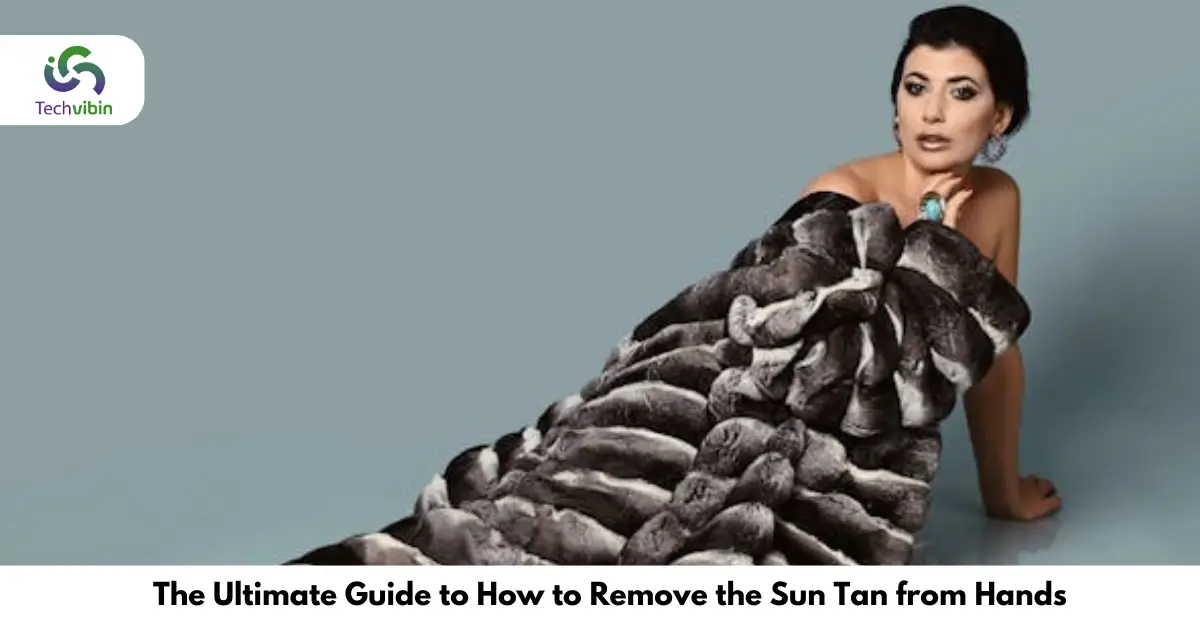A graceful appearance, demeanor, and coordination on the stage make ballet dancers loved by audiences throughout the ages. Forcing dancers have left an indelible mark on popular creative fields apart from ballet, including fashion. Haute couture ballerina, whilst having its roots in art, manufacturing, and innovation adopts the aesthetic of ballet. Factors that are associated with ballet dancer grace, strength and flexibility are reflected in the patterns. Tutu skirts and leotards as well as soft fabrics like silk and tulle show that fashion designers have borrowed from ballet. There is a new fashion that has come by that is related to ballet and fashion; it incorporates the two disciplines, meaning that they come up with beautiful items of fashion that, at the same time are conceptual.
Role of Textiles
Application of textiles formulated based on designer dancewear in the fashion sector raises awareness of the importance of movement and comfort in the aesthetic of modern boutique dancing ballerina. Similarly, ballet dancers cannot have garments restricted their movements, whereas, modern fashion buyers are not searching for fashionable products only, but functional one as well. For not only do these designers have the capability to manufacture and create apparels that are appealing to the eye, but they also have the opportunity to create apparels that are comfortable to the skin because they include such fabrics in their specific collection of designer dances wear. This is a concept, which is in harmony with the ballet culture, albeit being manifest in the fashion industry’s move toward clothing experiences.This focus on comfort and movement is a manifestation of this phenomenon.
Furthermore, the general presentation of haute couture ballerina, which put a considerable emphasis on similarity, equalization, and concord, has affected fashion. In the area of design, the professionalism of ballet choreography of achieving almost accuracy is now evident in the design world.
Accessories to Ace the Style
The outfits, which complement these avatars, also give a clear view of the effects of ballet fashion in clothing too. For instance, ballet flats have become an essential fashion accessory for working, young, middle-aged, and even mature women. Originally designed for dancers, ballerina flats are a favorite for daily wearings because their style is practical and reasonable. Applying luxurious fabrics and decorations for creating both comfortable and stylish shoes, Tory Burch, Chanel and other famous luxury fashion brands have popularized the ballet flat model. Similarly the ballet shoes touch necklaces and earrings that is also a part of ballet style and gives a stunning look to the woman no matter what the dress code is. Besides the ballet shoe, the ballerina slipper has come into the present day mode as the mark of plain sophistication. By architecture ballet slippers ensure comfort and small size needed for the modern fashion tendency of relaxed simplicity, comfortable and effortless wearing of the clothes. Ballet slippers give a layman feeling of professionalism in the dancing arena in whatever type of trouser or skirt is worn with this shoe.
The Aura of Tutu and Fashion Designers
The moment fashion designers began to turn to dance for designs for fine but muscular clothes at the onset of the new century, high fashion ballerina were the result of direct borrowing from ballet. The tutu skirt can be included among the pieces of clothing that are most associated with ballet. A distinctive feature of ballet costumes, a wide, tiered skirt created of tulle or net has become a symbol of the sophisticated grace and beauty of women in many parts of the world. In different ways, fashion designers have sought to adapt this artifact from the ballerina’s minor, fanciful versions to those elaborate, long and dramatic gowns of the tutu.
What do Modern women prefer?
Leotard is a comfortable garment that endeared itself to post-modern designers, owing to their emphasis on versatility. Today’s women have adopted it as a fashion staple that can be worn from morning to evening, just as ballers do for ease and freedom of movement. For an audience that takes denim but good fashion they can wear it formally or informally. In fashion the triumph of the leotard speaks to a greater truth of athletics clad with high spring-summer couture obliterating lines which has reimagined the divide between high fashion and casual wear. Besides specific garments such as tutus and leotards, the materials used to create ballet costumes have modified present fashion trends. The mechanics of the dance performances require the use of light and vented material and this is well illustrated by ballet dancers. Traditional ballet costumes wear chiffon, silk, and tulle to achieve clothing that complements the dancer’s movement while keeping it heavenly.
Those fashion designers who are attempting to imitate the comfort and draped looks of balletcore style in their creations, have incorporated similar fabrics. For instance, Chiffon fabric is delicate, translucent fabric that is used for creating garments which appear as though the wearer is in motion. It is also one of the most popular pieces of fashion accessories, the primary reason being it is able to create the feeling of lightness and the feminine image. Any dress accessory, if combined with silk can be made to look even more refined and classy as silk has a smooth, rich texture and a natural lustrous appearance. Very much like with a ballet tutu, tulle is regularly used in layers for the purpose of piling up an impressive volume and emphasizing drama. And this is because tulle has a thin mesh structure. When incorporated into ballet-inspired haute couture ballerina, these textiles evoke a ballet’s graceful aesthetic while also allowing practitioners to reconsider form and texture.
Stylist’s Point of View
It is not just about dressing; it is about dressing to enhance a vision, about dressing for a ballerina, thus, a haute couture ballerina stylist has a vision. Each garment is crafted to embody the ballet fantasies while precisely fantasizing the illusions of future fashion. Designers revel in the use of light and airy materials akin to the feeling many get when dancing and to give the impression that the performance of even a dancer is weightless. In the center of the craft of both current and new artistry is the appreciation of the proximity and distance between the dancer and their form. In the case of a ballerina, it is the strength as well as elegance which are key to the show; therefore, the stylist has to make the clothes complement the dancer and adjust their forms and silhouettes to the dancer’s body, making the materials and the body of the performer one. Some of them are based on ballets, such as Swan Lake or Giselle, whereas others portray the main characters of these ballets according to today’s fashion trends.The outcome is a comfortable combination of classic and modern, where the grace of dancing is affected by the modern type of clothing.
Final Words
In conclusion, the argument remains unstoppable that the balletcore fashion silhouette in haute couture forms the modern trend. From tutu skirts and leotards to thin fabrics, and intricate designs, ballet has made a rather long-lasting impact on the fashion world. Dramatic that ballet has the potential to blend the elegance and assertiveness cultivating muscles that respond to the notions of haute couture fashion.






